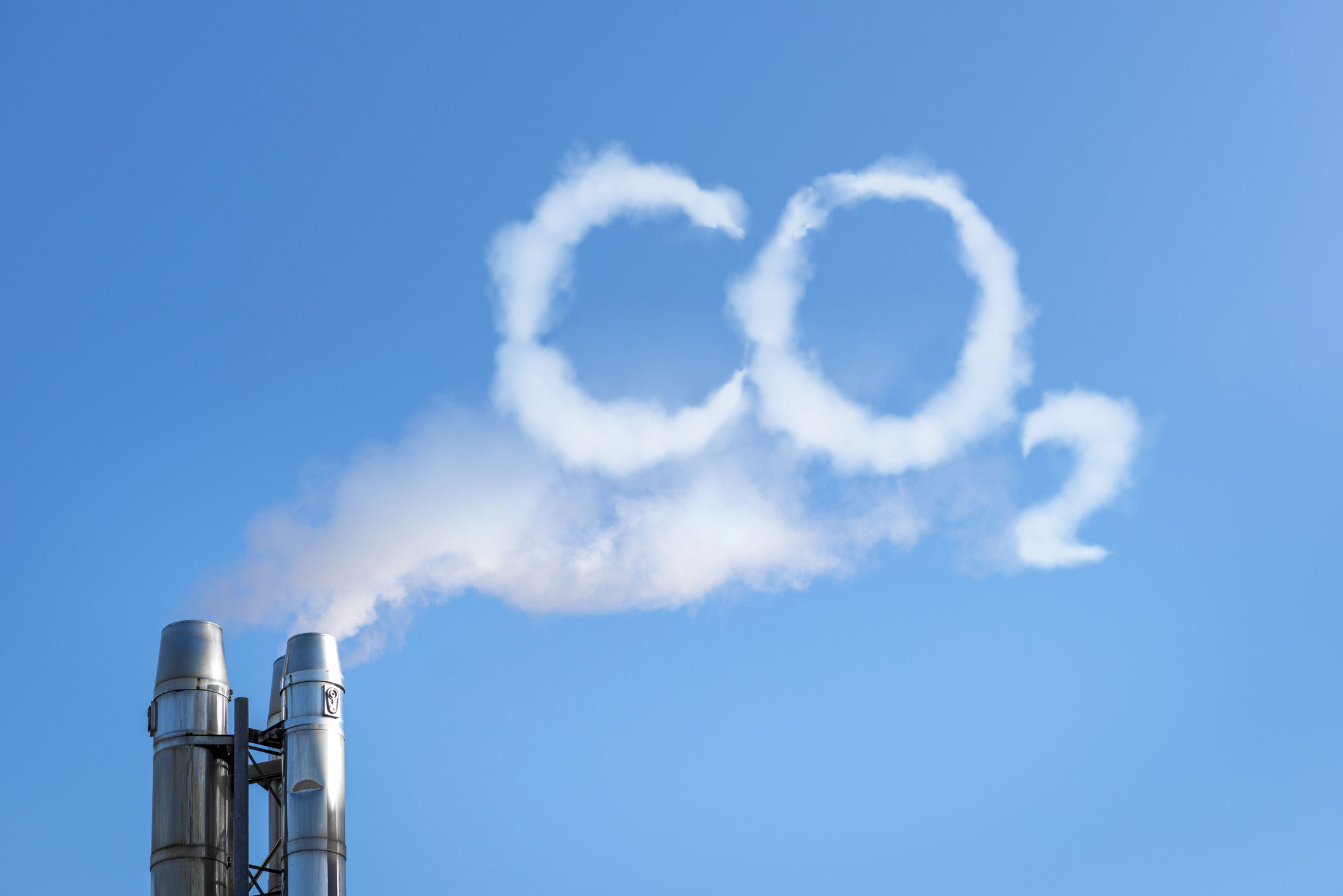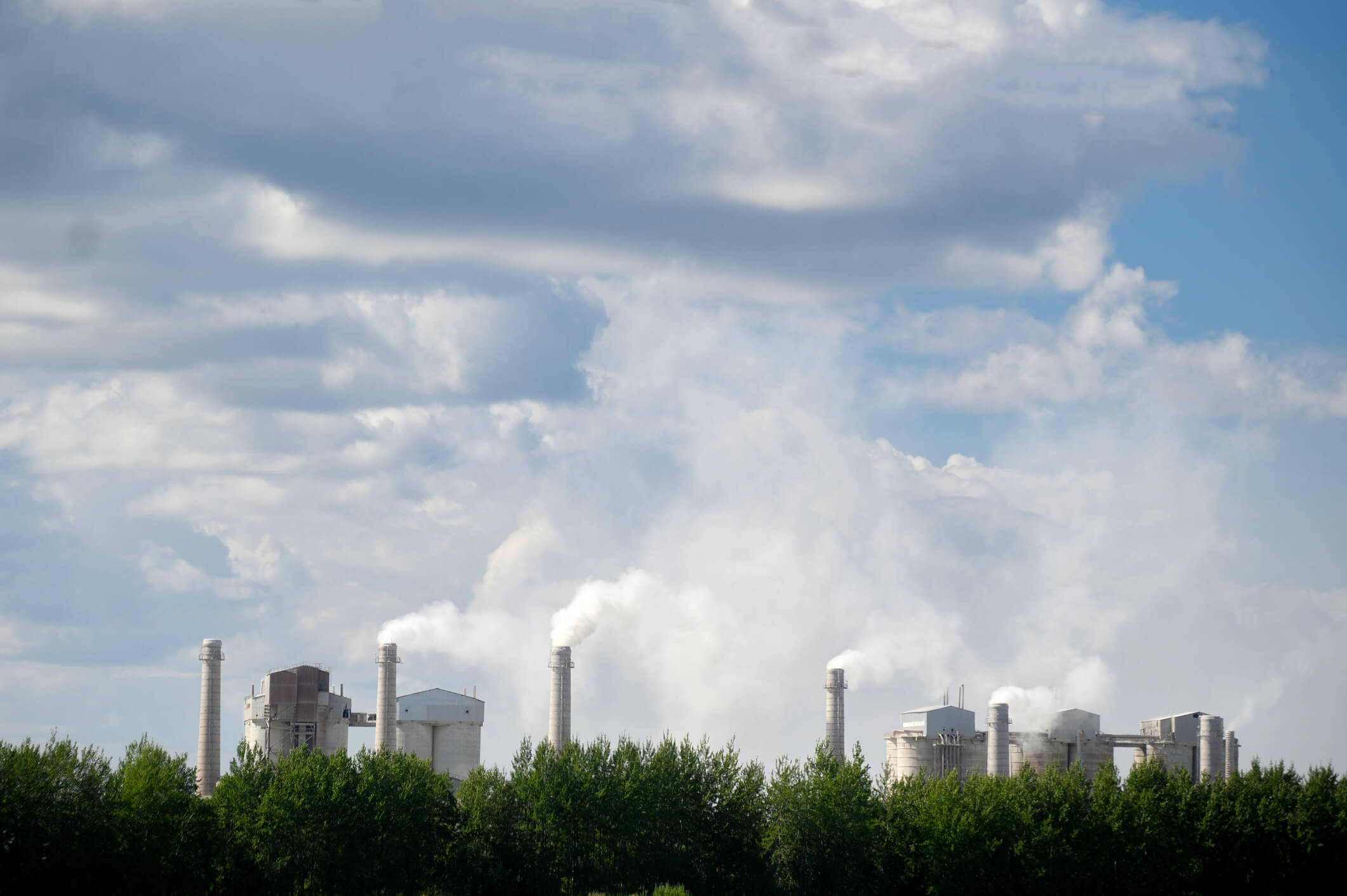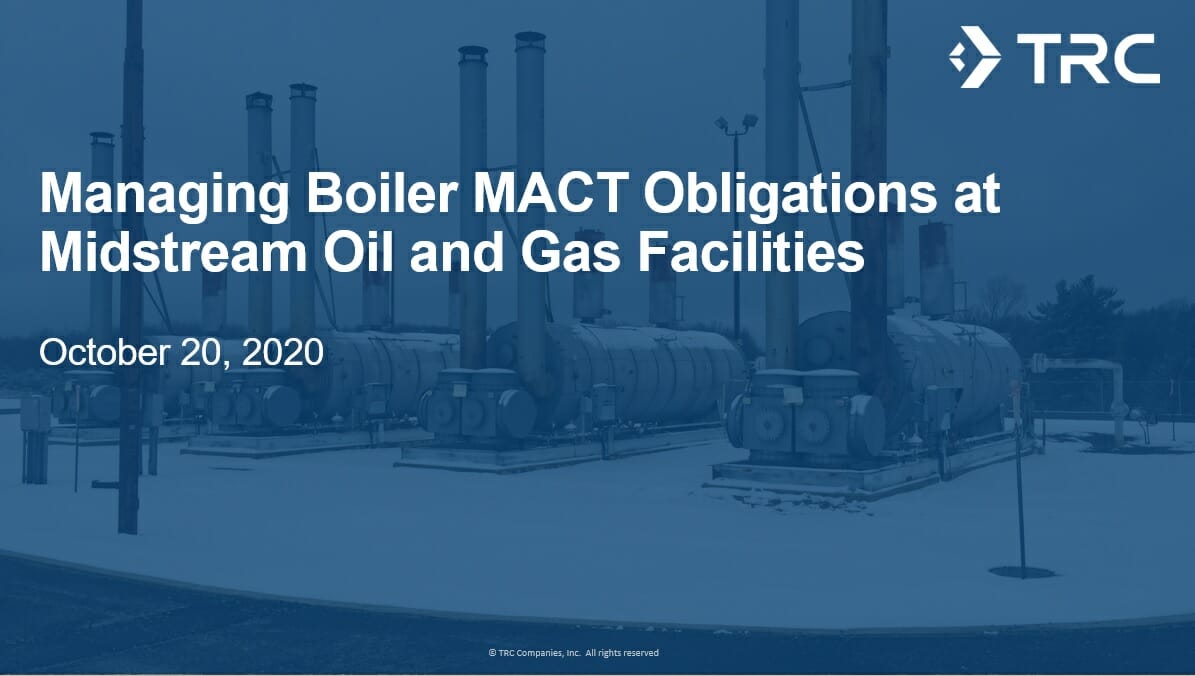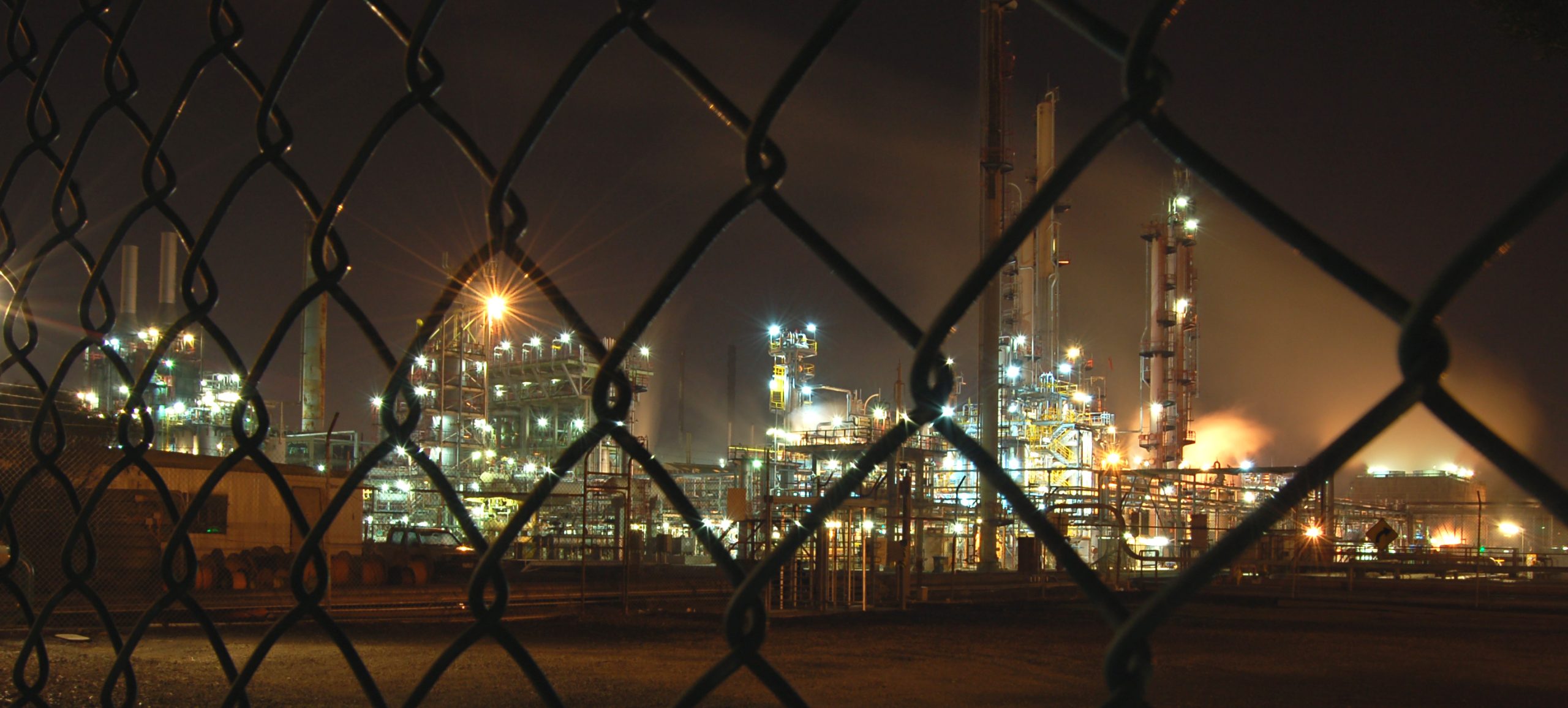Achieve Your Air Quality Management Objectives
TRC delivers comprehensive air quality management services using the latest technology to meet your goals. Our national footprint, defined by a local presence, allows us to bring the balance of experience, expertise, regulatory and industry knowledge to our clients’ air quality management projects.
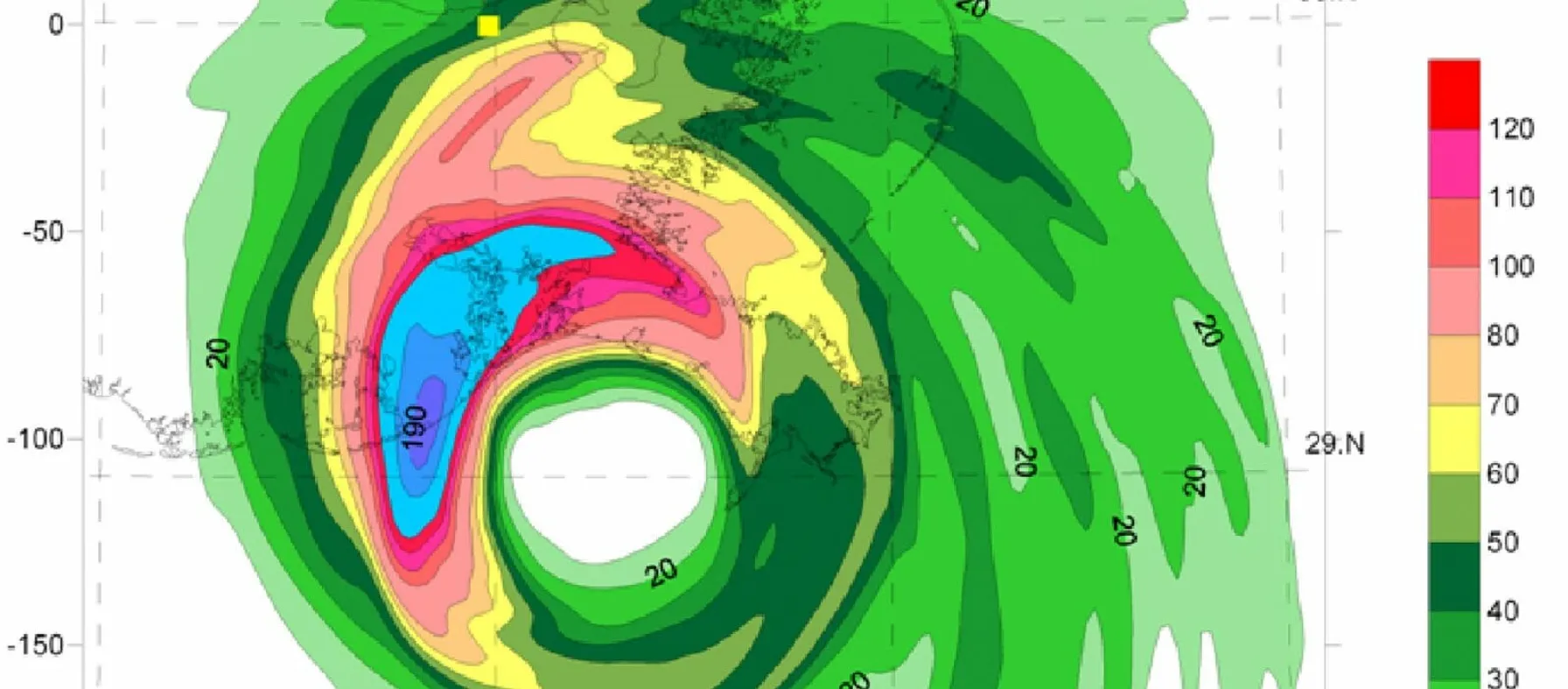
Effective air quality permit and compliance strategies, innovative computer modeling and engineering solutions that integrate with plant operations.
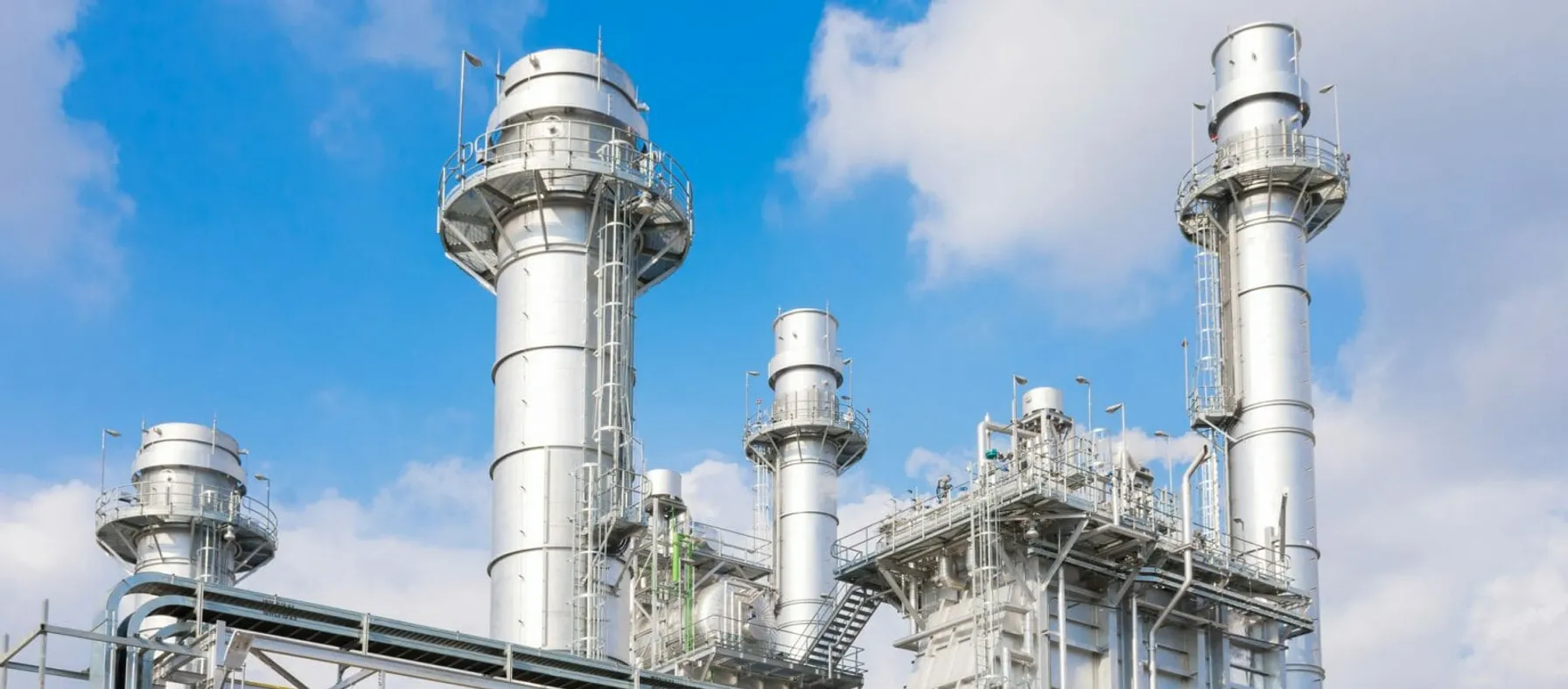
Comprehensive emission testing and ambient air quality monitoring services that support operational and compliance objectives.

TRC’s talented staff has answers to your concerns, ranging from nuisance odor complaints, water intrusions and mold assessment to HVAC system evaluations, sick building syndrome allegations and building-related illnesses. Our team includes PhD scientists, Certified Industrial Hygienists (CIHs), professional engineers, health and safety professionals and construction experts who provide a superior level of service.
Embrace The Shift
Partner With TRC’s Tested Practitioners
Related Materials
Gain insight into the industry’s challenges and opportunities by reading our research reports.
 TRC Air Quality Management Services
TRC Air Quality Management Services
Published October 23, 2024
 Greenhouse Gas Emissions Inventories
Greenhouse Gas Emissions Inventories
Published October 23, 2024
 Navigating the Barriers to RNG Project Success
Navigating the Barriers to RNG Project Success
Published June 28, 2021
 TRC Expert Services
TRC Expert Services
Published June 1, 2022
Featured Projects
Discover the success we’ve had with helping our clients execute major projects and make a meaningful impact on their local communities.

TRC and SGS Galson began installing and calibrating around 4,300 IAQ sensors and 135 Outdoor Air Quality (OAQ) sensors across …
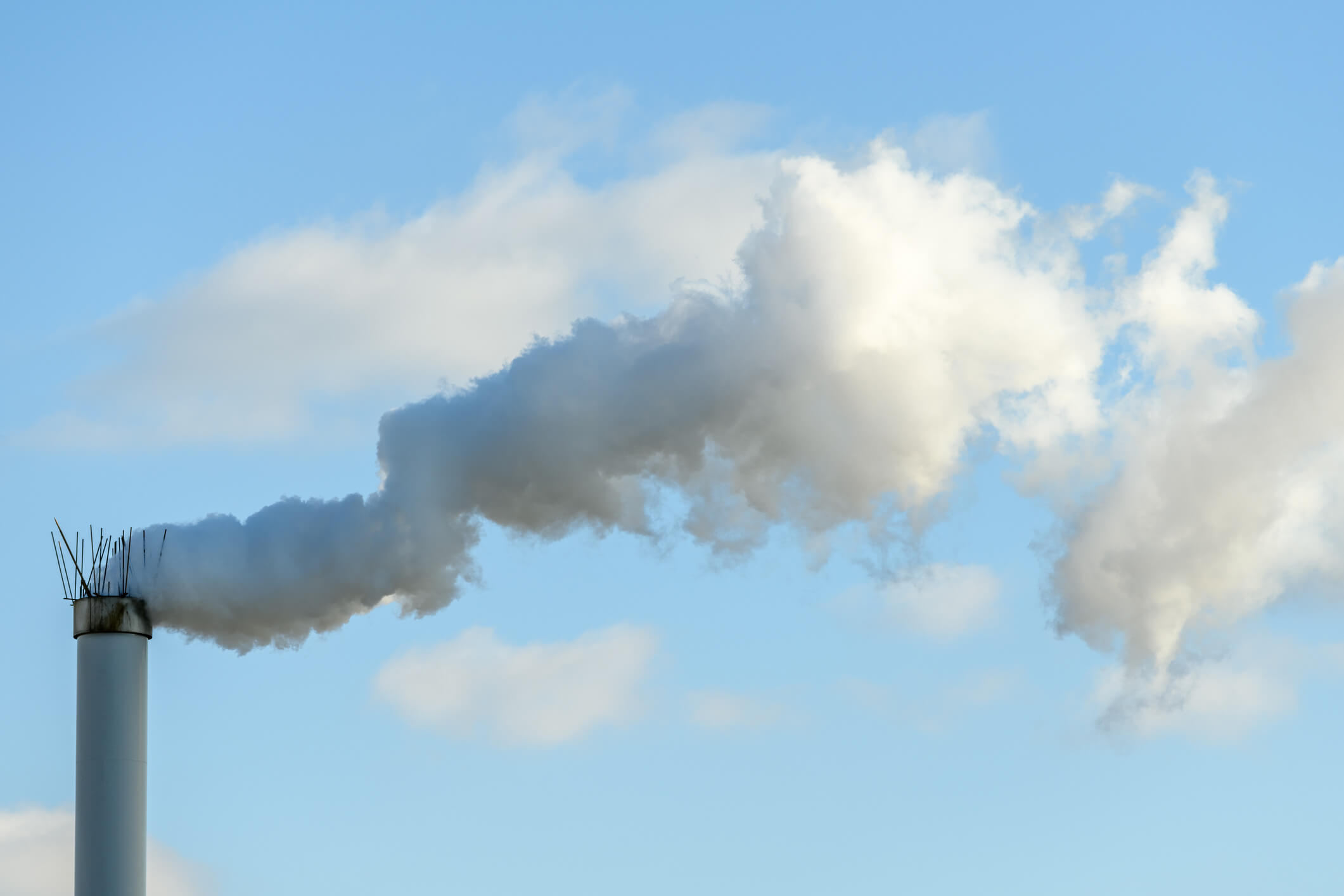
The U.S. Environmental Protection Agency (EPA) selected TRC to assist in the development of scientifically valid data for the measurement …
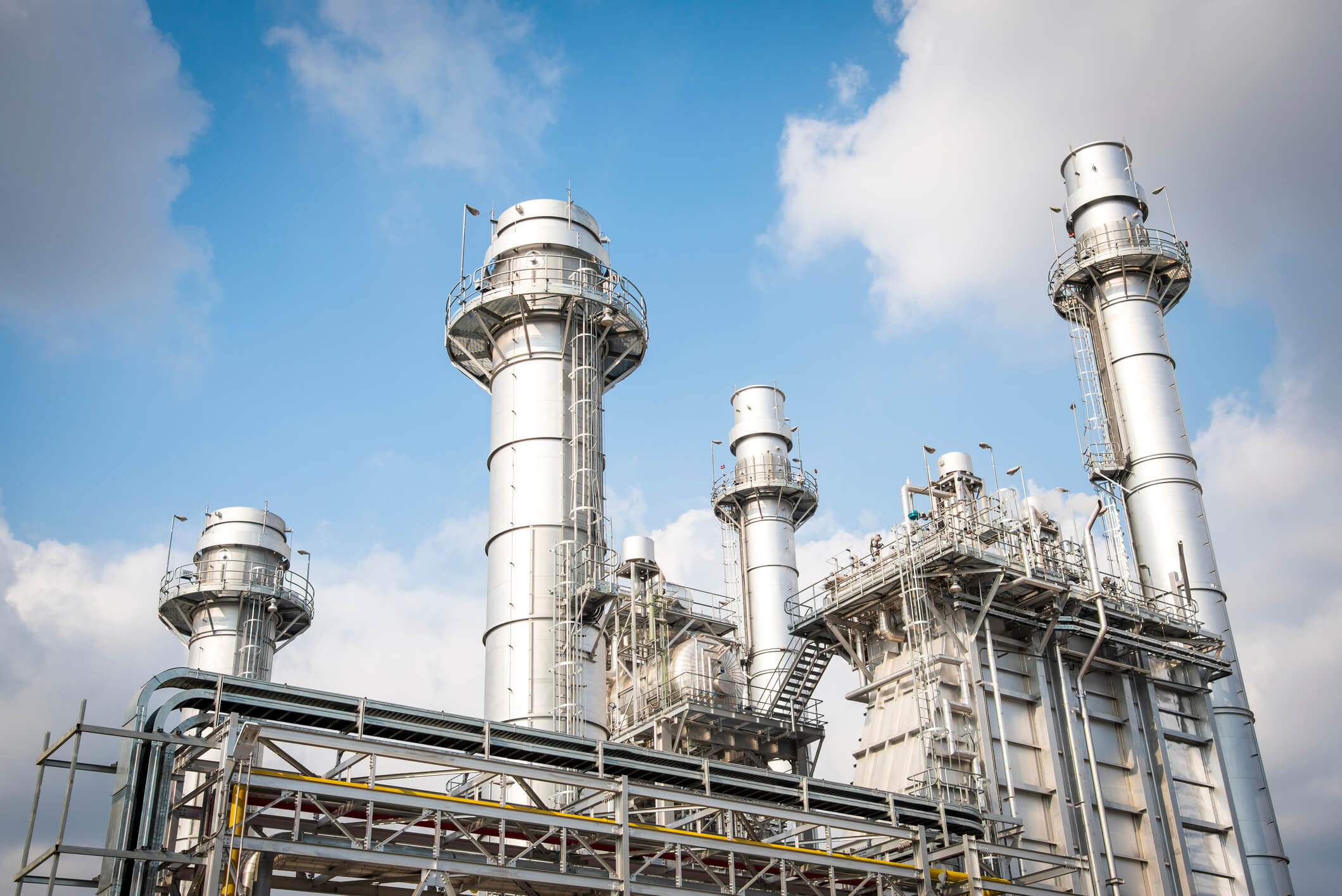
TRC Air Consulting team’s task was to identify exactly how much the emissions exceeded the NAAQS.

Emission test reports in less than five business days after the completion of field work.

TRC and SGS Galson began installing and calibrating around 4,300 IAQ sensors and 135 Outdoor Air Quality (OAQ) sensors across …

The U.S. Environmental Protection Agency (EPA) selected TRC to assist in the development of scientifically valid data for the measurement …

TRC Air Consulting team’s task was to identify exactly how much the emissions exceeded the NAAQS.

Emission test reports in less than five business days after the completion of field work.
Sharing Our Perspectives
Our practitioners share their insights and perspectives on the trends and challenges shaping the market.
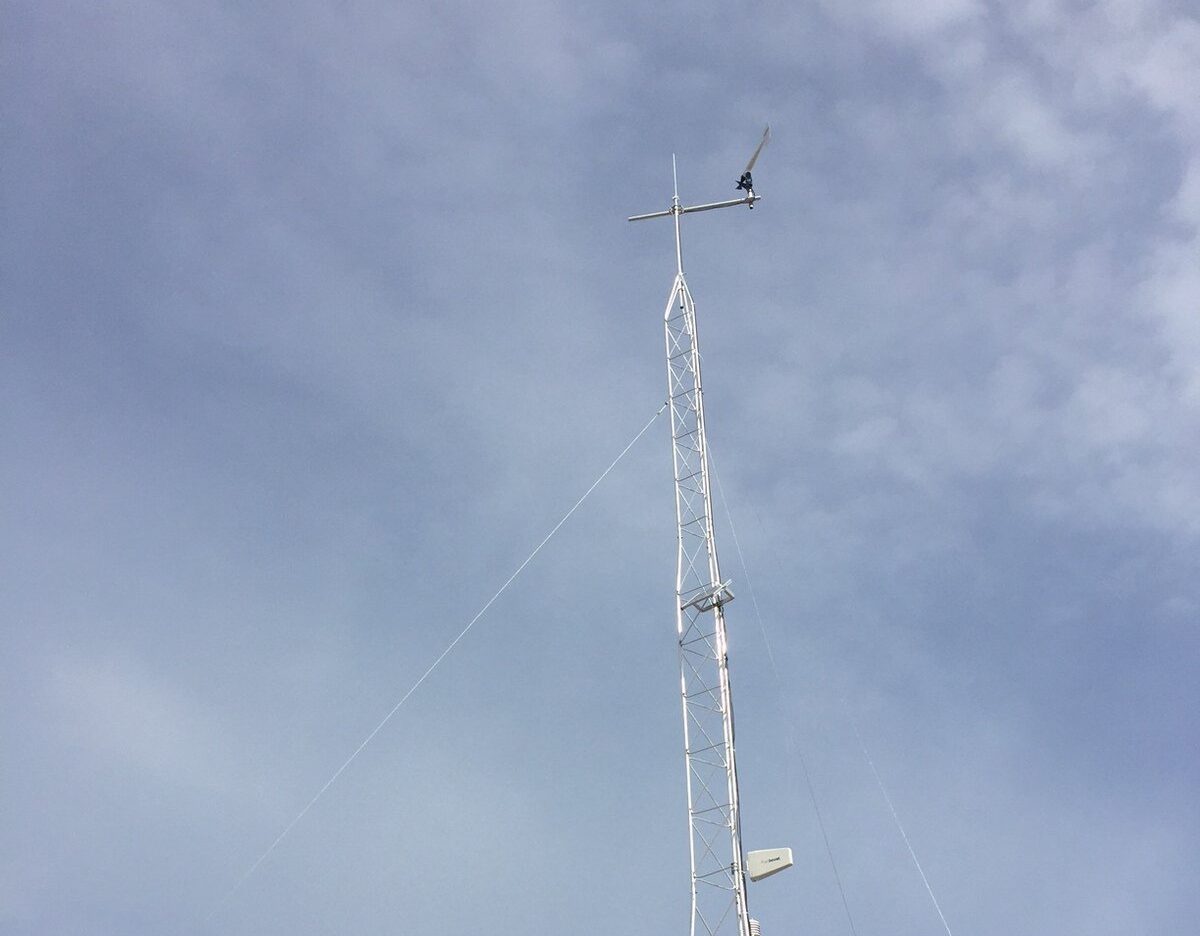
EPA Proposal Strengthens Air Quality Standards for Synthetic Organic Chemical Plants and Polymers and Resins Plants
September 20, 2023
Clean Air Act Bolstered with 10 New Proposed Standards and Rules

EPA Proposes Changes to Air Emissions Reporting Requirements (AERR)
August 30, 2023
The EPA is proposing updates to their Air Emissions Reporting Requirements (AERR) through amendments to 40 CFR Parts 2 and 51.
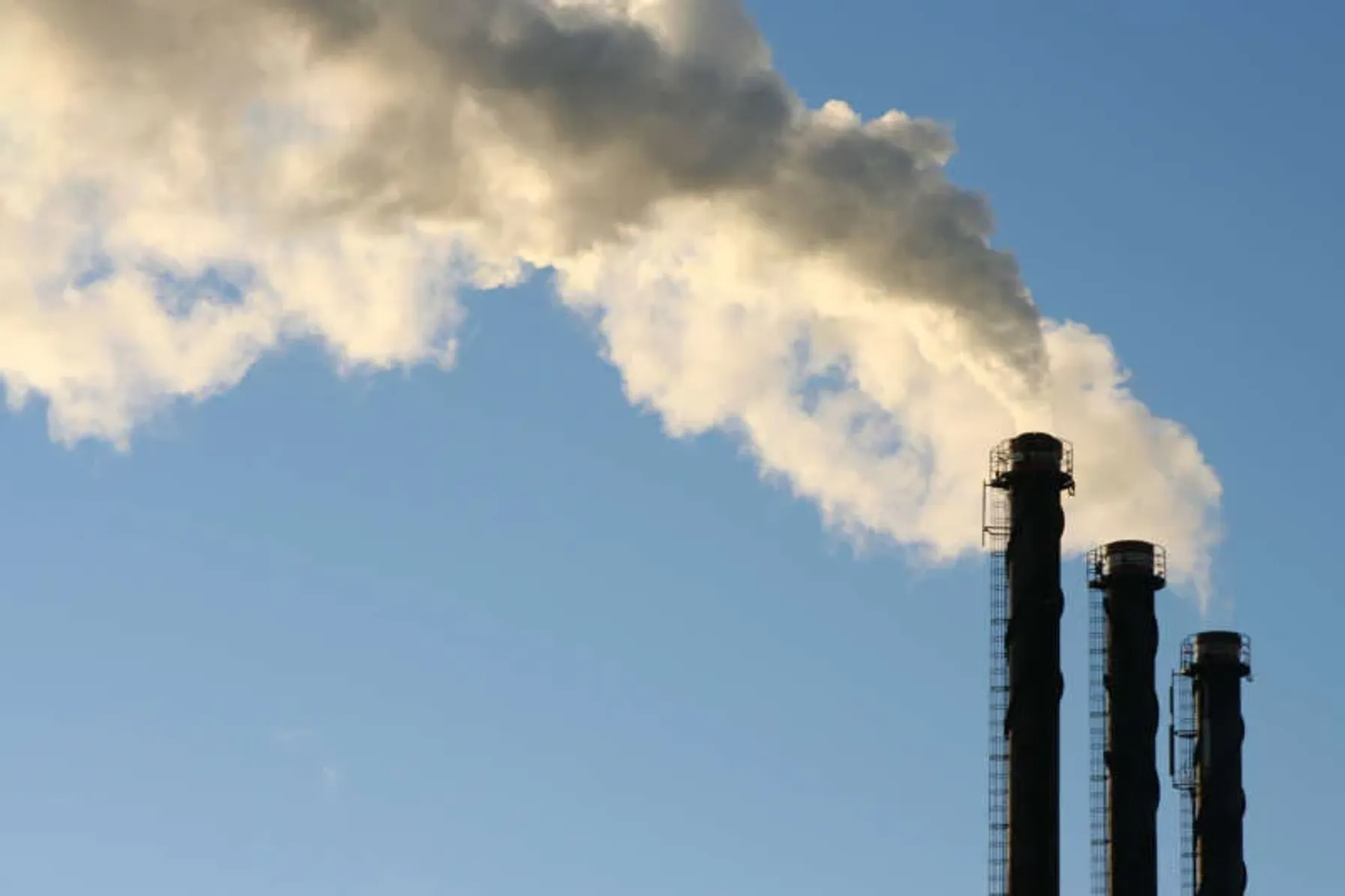
Consequences of a Lowered NAAQS for PM2.5
February 16, 2023
TRC breaks down the significance of EPA lowering the NAAQS for PM₂.₅
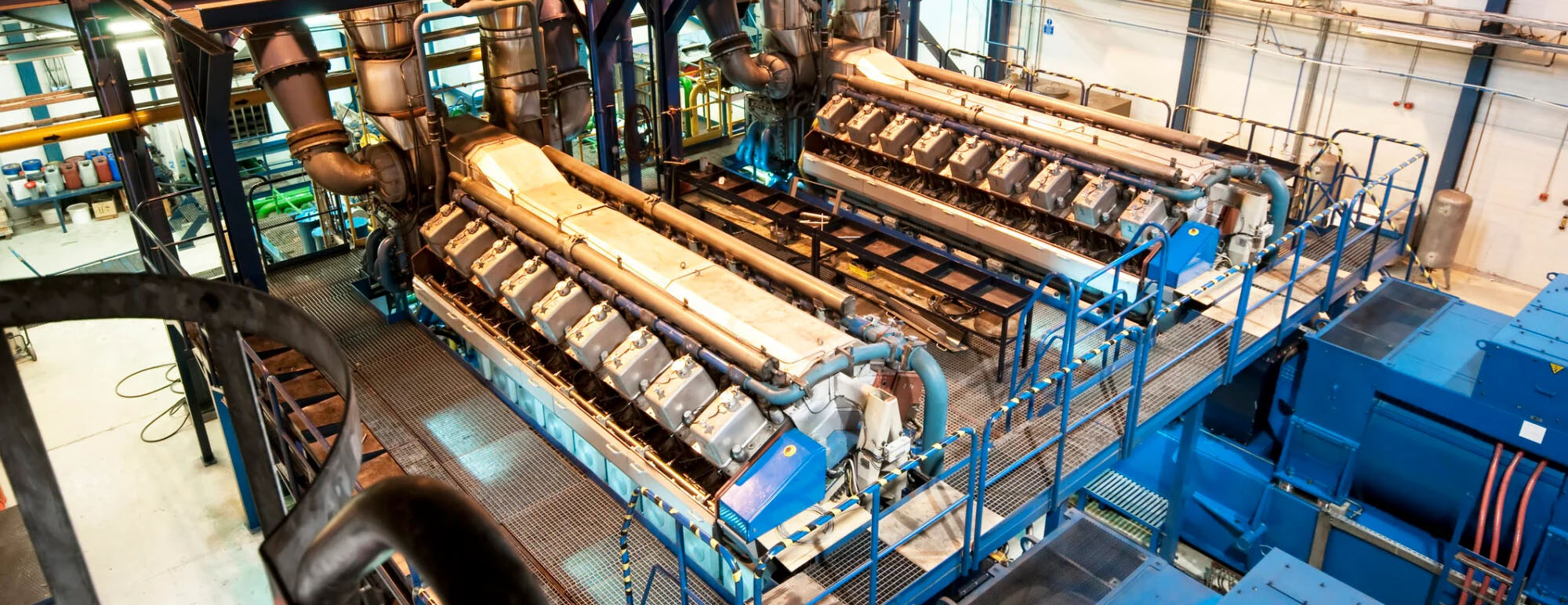
EPA Penalizing Stationary Engine Violations
November 9, 2022
The EPA is identifying violations of the Clean Air Act and has taken enforcement actions and assessed penalties.
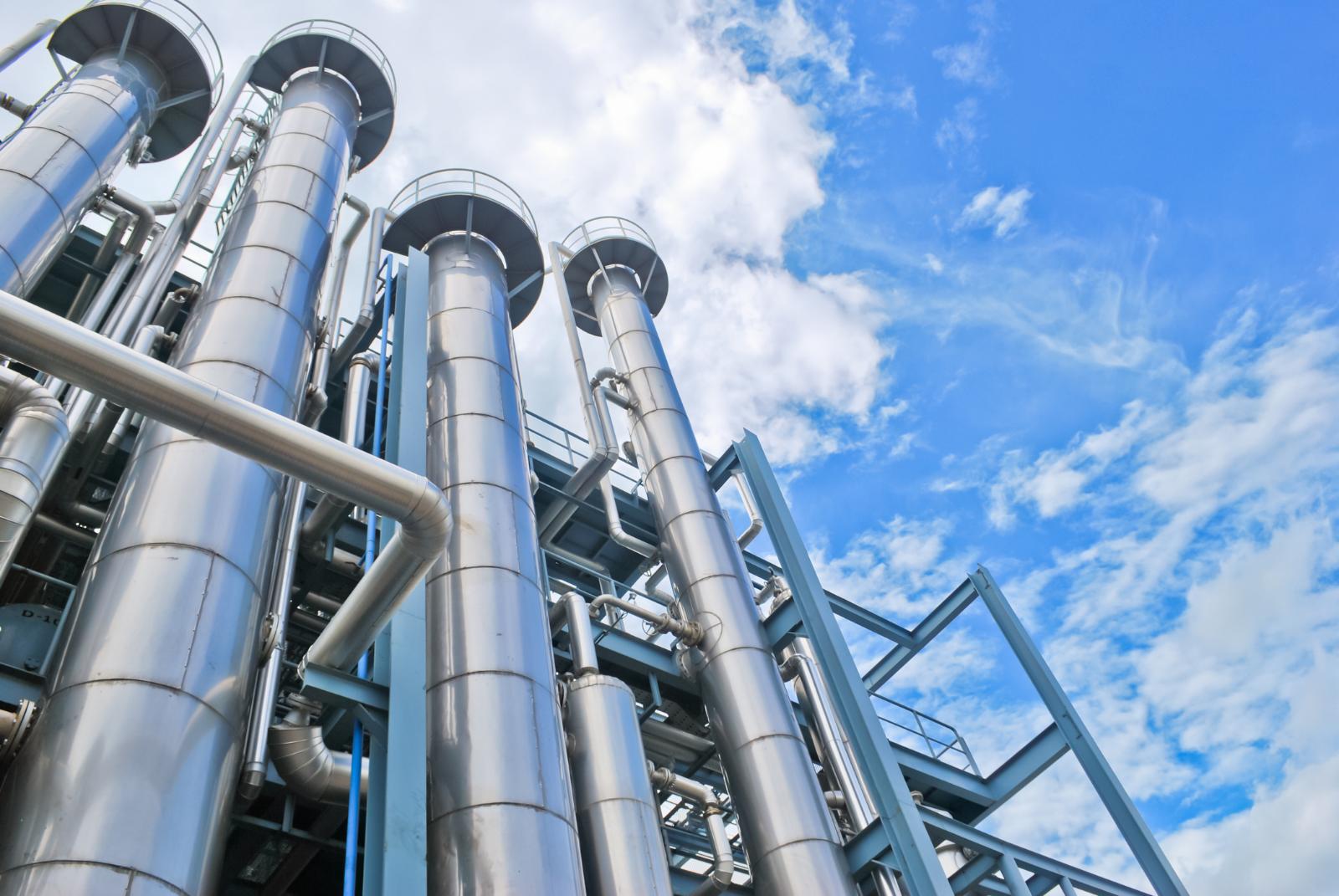
TRC Acquires United Sciences Testing, Inc., Expanding Air Management Capabilities
February 23, 2022
TRC Companies (“TRC”), announced the expansion of its Air Management capabilities with the acquisition of United Sciences Testing, Inc. (USTI), who provides emissions testing services to utility and industrial clients within the Great Lakes and Midwest regions of the US.

Managing EHS & ESG Risks Through Integrated Systems Today and Beyond
July 22, 2021
It has been more than 50 years since the development and establishment of the federal Environmental Protection Agency (EPA) and the federal Occupational Safety & Health Administration (OSHA) which were formed to protect our environment and workplaces across the United States. Significant laws, policies and regulations followed to establish the “regulatory programs” that all applicable businesses and entities must address and meet to ensure these compliance-driven legislative programs would create a foundation to protect our society.

EPA Proposes New Emissions Limits for Combustion Turbines
May 22, 2021
After 15 years of legal limbo, combustion turbines could be facing new emissions standards under a proposal introduced by the EPA.

EPA Ramps Up Inspections and Enforcement Actions
May 14, 2021
EPA’s acting enforcement chief, Larry Starfield, directs agents to ramp up inspections in communities known to be afflicted by pollution
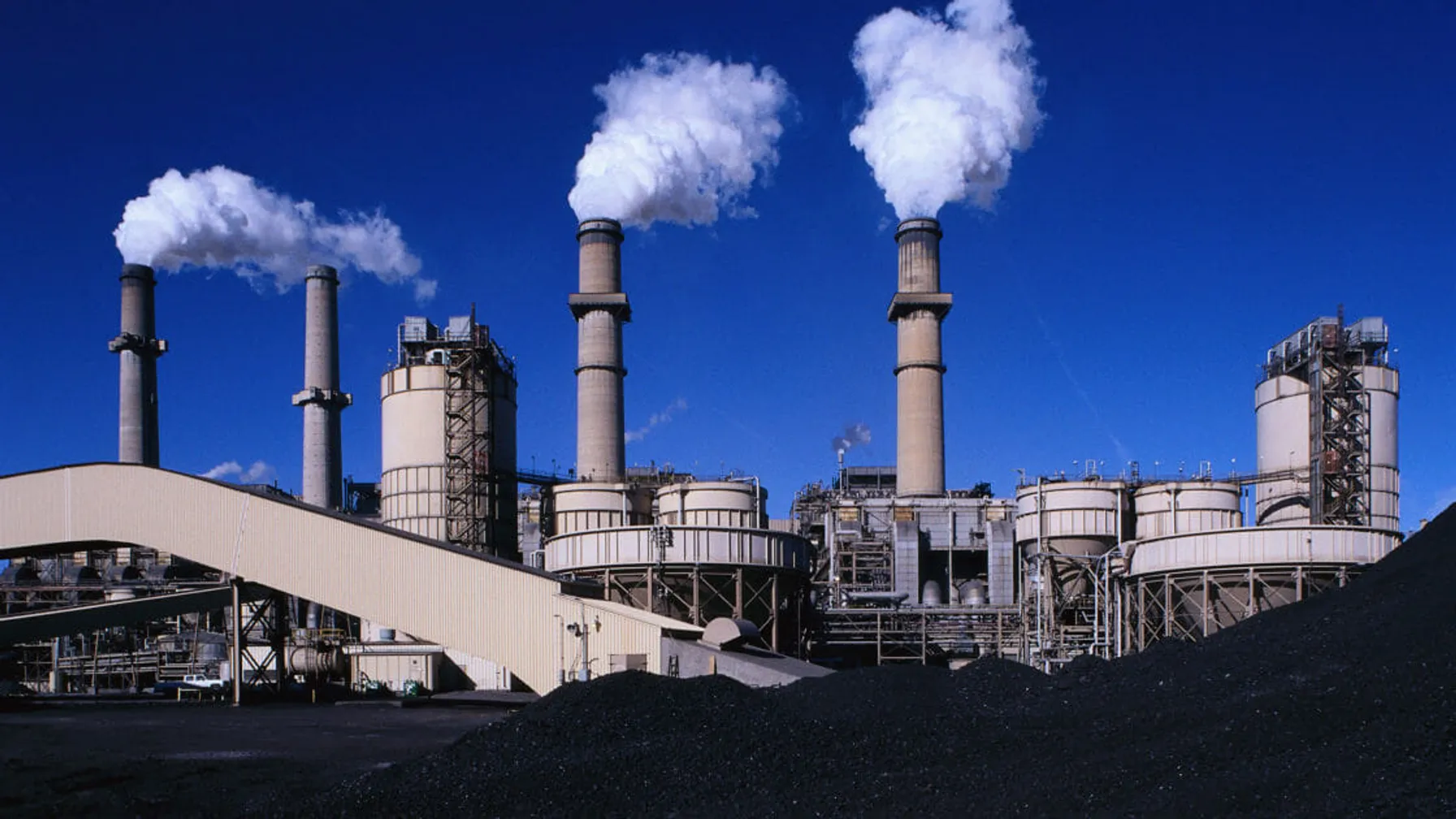
EPA Clean Air Act Rulemaking Announced December 2020
December 31, 2020
EPA announces Clean Air Act Rulemaking in the final month of the current administration and indicates more could be announced before the new administration comes into office.

New Jersey’s Landmark Environmental Justice Law
November 24, 2020
Germs are a part of day-to-day life and are all around us in the soil, air and in your body. While some pathogens can be helpful, others aren’t. Many live on and in your body without causing harm, and some may even help you stay healthy. Others, however, can cause an infection that can spread around the workplace.
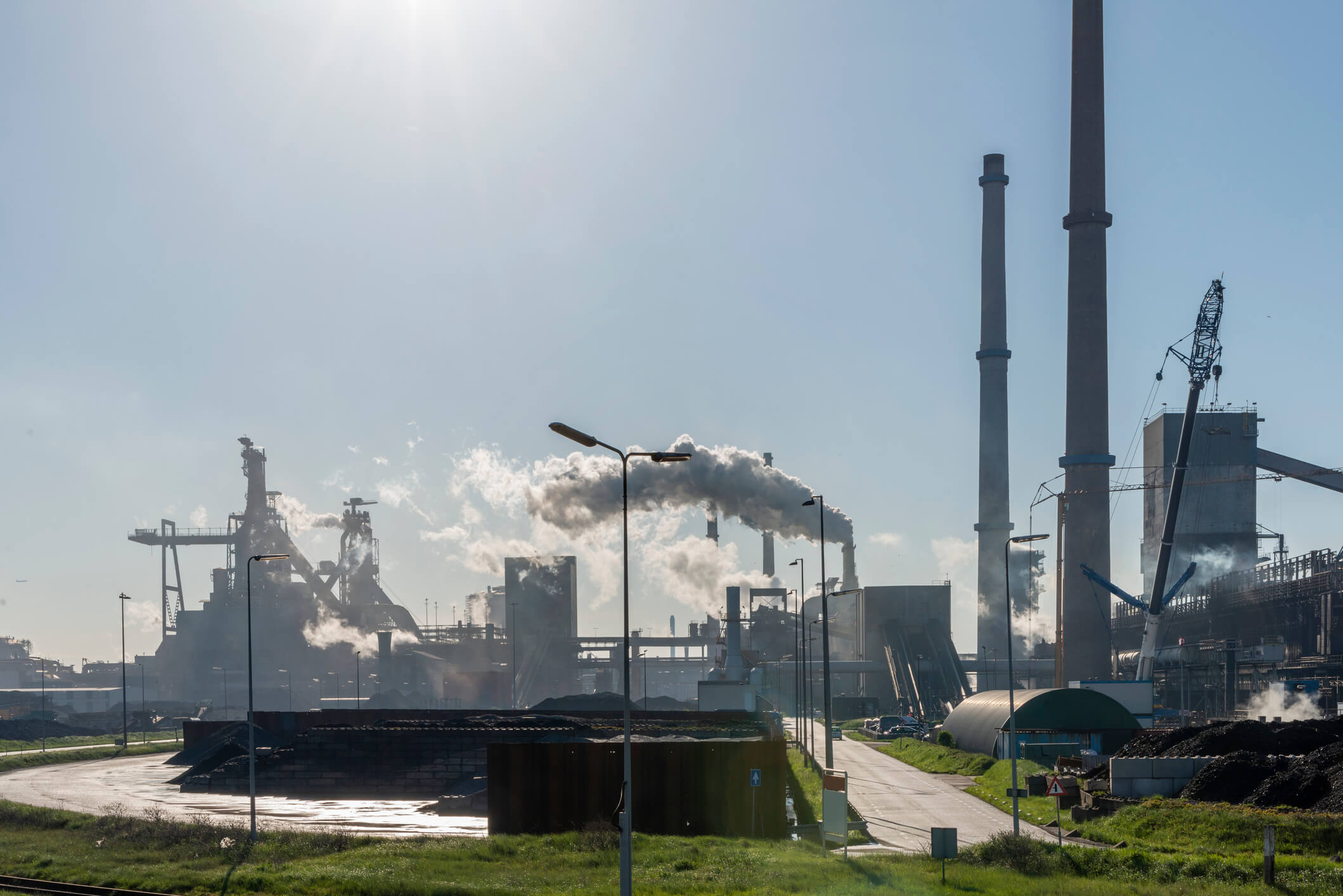
EPA Finalizes Reversal of “Once In Always In” Air Pollution Policy
November 18, 2020
On October 1, 2020, the EPA finalized a ruling that no longer enforces the “once in, always in” air emissions policy.






